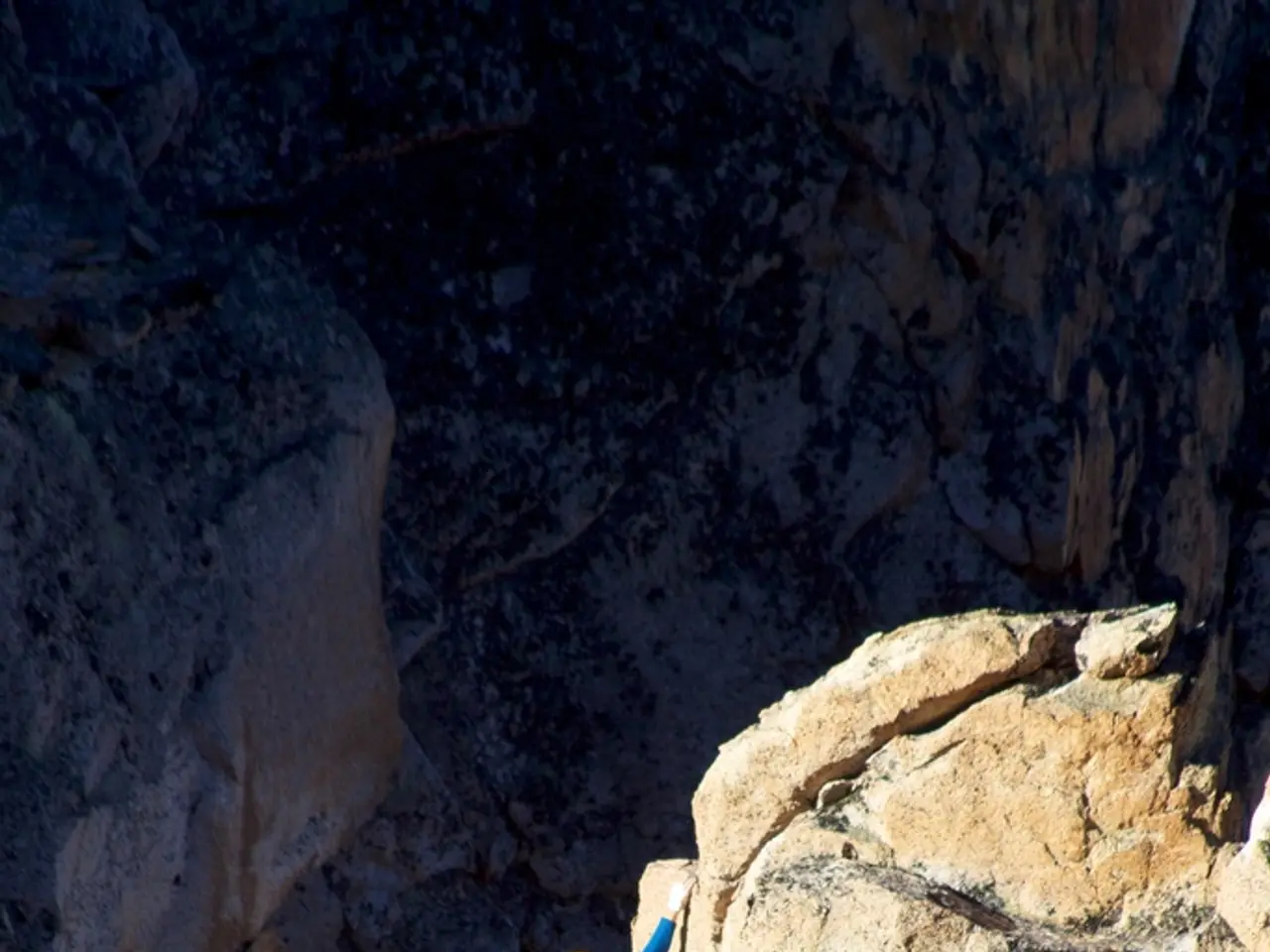Strategies for Tourists to Combat High-Altitude Illness
Altitude sickness, a common issue for travellers at high elevations, can be a life-threatening concern if not properly addressed. Symptoms such as headaches, nausea, fatigue, dizziness, and shortness of breath are indicative of the condition.
The cause of altitude sickness is the decreasing oxygen content in the air as elevation increases. For instance, at 5000 meters, the oxygen content is only half that at sea level. At around 2500 meters, the risk of altitude sickness significantly increases.
Prof. Dr. med. Tomas Jelinek, a leading expert in the field, recommends preventing altitude sickness primarily through careful travel planning with altitude acclimatization tactics. These strategies include gradual increases in sleeping altitude by no more than 300 to 600 meters per day and taking rest days to allow the body to adjust to decreasing oxygen levels starting from about 2,500 meters.
If acute altitude sickness symptoms like headache, nausea, fatigue, and dizziness occur, further ascent must be stopped immediately. If symptoms worsen or do not improve within a few days, descent to lower altitude is urgently required.
In severe adaptation disorders, immediate medical help should be sought, and transport to lower altitudes is necessary. Prevention is the most effective measure against altitude sickness, but medication such as acetazolamide or dexamethasone can help in the prophylaxis of acute mountain sickness, both of which are prescription-only.
Careful trip planning with acclimatization strategies is recommended, especially for high-altitude regions like Kilimanjaro, where between 45% and 75% of travelers develop symptoms, and Nepal's high-altitude regions, where up to 21% of travellers develop symptoms.
The APA - Austria Presse Agentur eG, the largest national news and press agency in Austria, based in Vienna, is a key source of information on travel health and safety. They remind us that altitude sickness is a preventable problem, and with proper planning and awareness, mountain adventures can be safe and enjoyable for all.
However, those who notice initial signs of impending acute altitude sickness should not continue to climb. Immediate descent is necessary if a person's condition does not improve or worsens, as symptoms usually subside after descending 500 to 1,000 meters.
Read also:
- Federal health clinics in Maine seek restoration of withheld Medicaid financing, filing a lawsuit against the Trump administration over funding reductions.
- Depakote Cost in 2025: Discounts and Additional Savings Options
- Understanding the Two Variants of Macular Degeneration
- Guidelines for Developing a Fresh New Employee Onboarding Presentation







